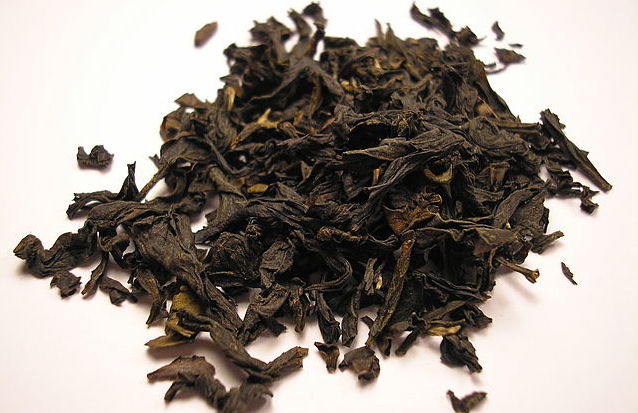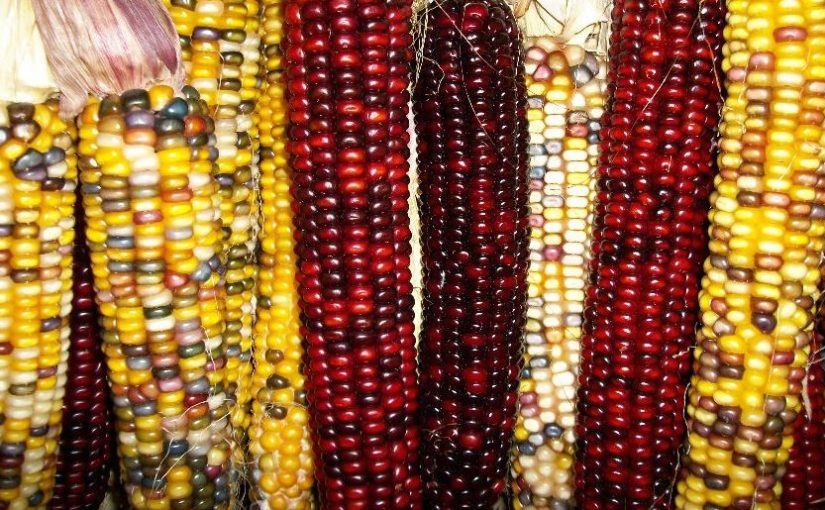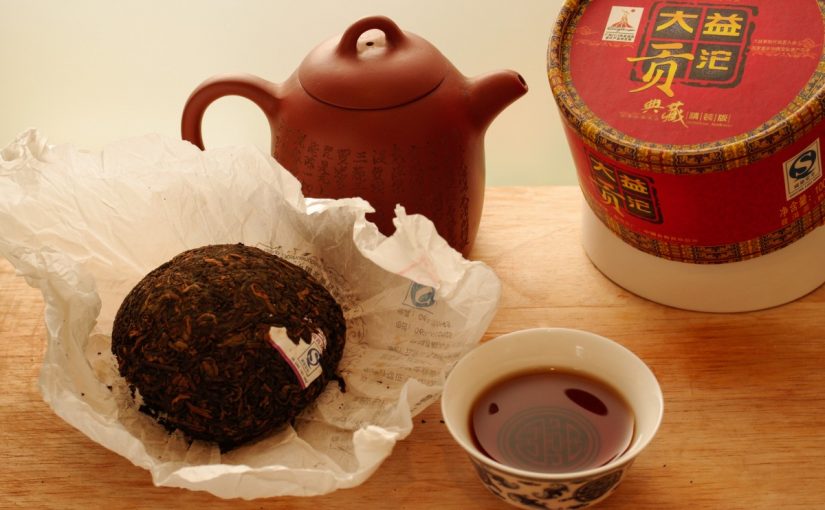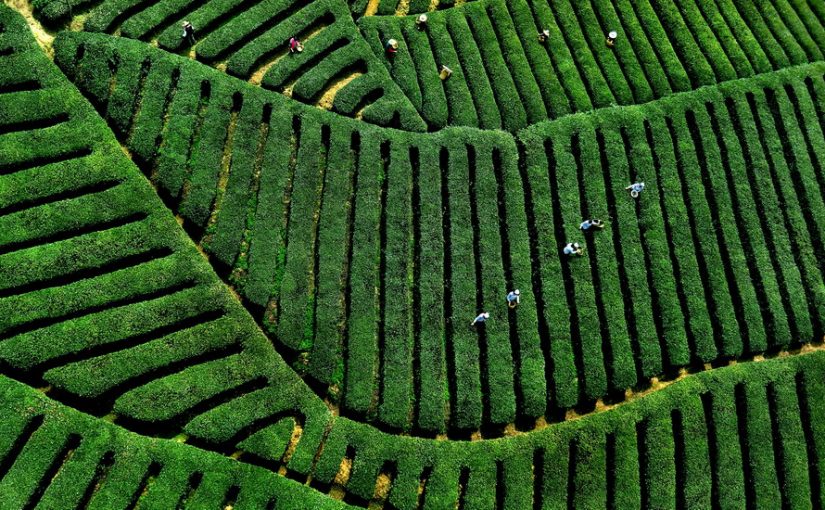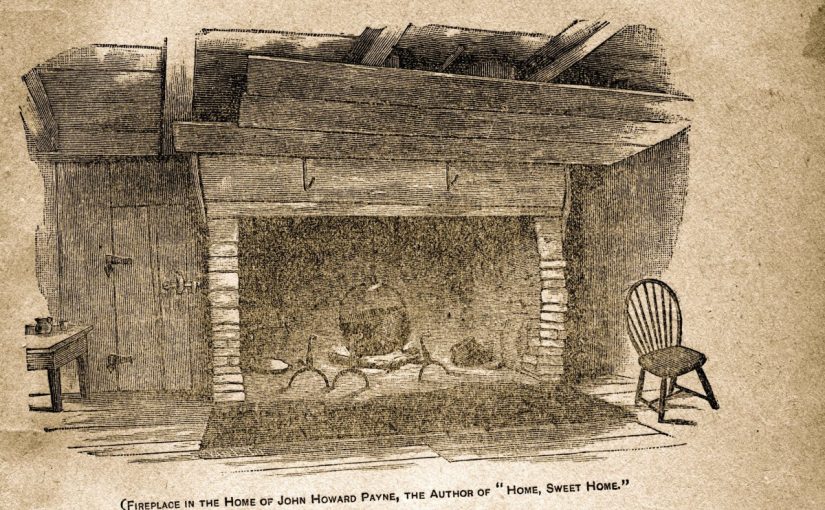3/7/17
| Type Of Tea: | Aroma: | Appearance: | Flavor: |
| Genmaicha | Very grassy, hay, farm, comforting summer smell | Grassy leaves, puffed rice, varying textures | Grassy, roasted, pleasantly burnt, earthy, nutty, creamy |
| Kabusecha | Rolling down a grassy hill, alfalfa | Lime/yellowish-green, transparent | Mingling with aroma of incense, woody flavor, grassy |
Teaism, a concept introduced to me yesterday by Kotomi during a green tea tasting lab, is a mentality I would like to work to incorporate into my life. In this world, it is easy to become wrapped up in work, school, speed and efficiency. Because of our need for speed, we often forget to stop and find pleasure and beauty in the moon, the light on a tree, and the other seemingly mundane moments in life that in reality can bring us such joy. I vow to connect more to my environment, feel close to what is around me, and bring a sense of consciousness to my actions.

